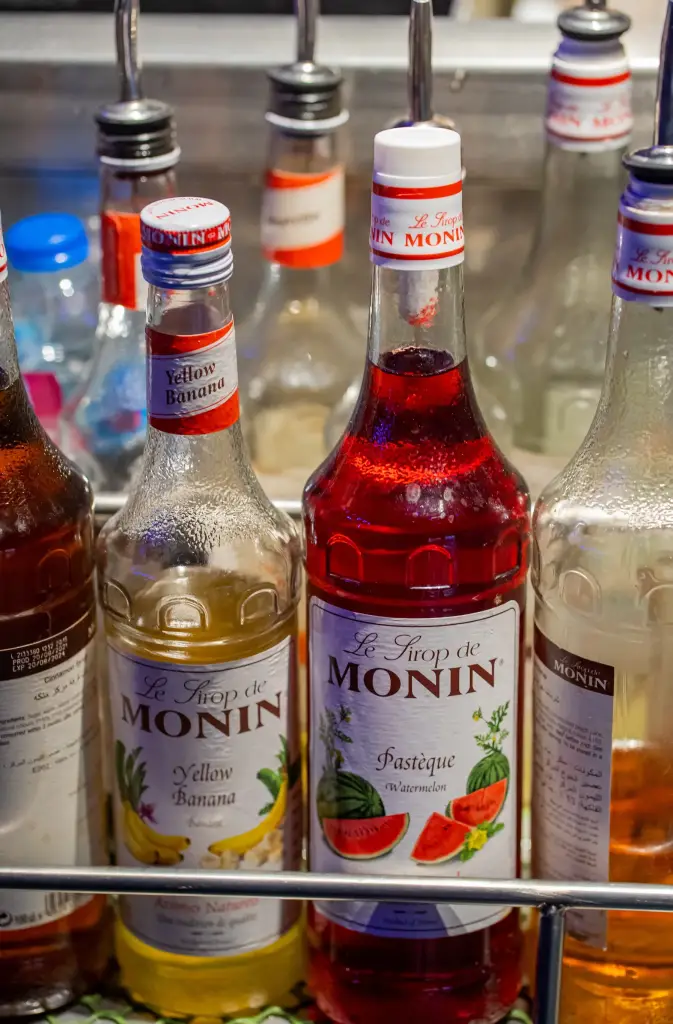How to read a wine and food pairing menu is a skill that enhances the dining experience. Pairing wine with food is not about rules but about balance, flavor, and enjoyment. A good pairing menu guides guests through combinations that elevate both the dish and the drink. For those new to wine, the terminology may seem overwhelming, but with a little knowledge, the menu becomes a map to a memorable evening. At restaurants like Aaspero, wine and food pairing menus are designed to help guests explore tastes with confidence and sophistication.
The Concept of Wine and Food Pairing
Pairing food and wine is based on the idea of harmony. Certain wines highlight flavors in food, while others contrast in ways that make the meal more dynamic.
Complementary Flavors
Pairings often match similar flavors, such as a buttery chardonnay with creamy pasta, creating a smooth and balanced taste.
Contrasting Flavors
Sometimes opposites attract. A crisp, acidic wine may cut through the richness of fatty meats, balancing the palate.
Enhancing the Experience
A good pairing is about making both the wine and the food taste better together than they would alone.

Understanding the Structure of a Pairing Menu
A pairing menu usually lists dishes alongside recommended wines. Knowing how to read it helps guests feel comfortable when ordering.
Course-by-Course Guidance
Pairing menus are often designed to flow with a multi-course meal, from appetizers to desserts.
Wine Descriptions
Menus may include notes about the wine’s flavor profile, such as “dry,” “fruity,” “oaky,” or “bold.” These terms help diners imagine how the wine interacts with the dish.
Food Highlights
Descriptions of the food emphasize ingredients or techniques that influence the pairing. For example, grilled meats may pair with full-bodied reds, while seafood complements lighter whites.
Common Pairing Principles
Certain principles help make sense of a pairing menu.
Red Wine with Red Meat
The tannins in red wines like cabernet sauvignon pair well with the richness of steak or lamb.
White Wine with Seafood
Lighter wines such as sauvignon blanc enhance delicate flavors in fish and shellfish.
Sweet Wines with Spicy Dishes
A slightly sweet wine balances the heat in spicy foods, creating contrast without overpowering.
Sparkling Wine with Anything
Champagne and sparkling wines pair well with a wide range of dishes, from fried foods to desserts.
How Restaurants Present Pairing Menus
Different restaurants design pairing menus in different ways.
Classic Approach
Some menus list each dish with a specific wine recommendation, creating a structured path for guests.
Flexible Suggestions
Other menus offer two or three pairing options for each dish, allowing diners to choose according to their taste.
Chef-Designed Experiences
At venues like Aaspero, the chef and sommelier collaborate to design pairings that tell a story, highlighting creativity and seasonality.
Tips for Reading a Pairing Menu
Guests can enjoy the menu more fully by keeping a few tips in mind.
Focus on Flavor Descriptions: Even if you do not know the wine, the description tells you how it will complement the dish.
Trust the Chef and Sommelier: Pairings are curated by experts who know how to balance flavors.
Ask Questions: Staff are there to explain and guide, so do not hesitate to ask for clarification.
Be Open-Minded: Pairing menus may introduce you to wines or dishes you have never tried.
Pairing Menus for Different Occasions
Wine and food pairings can be tailored for any occasion.
Romantic Dinners
A pairing menu adds elegance to an intimate evening, enhancing the mood with thoughtful combinations.
Business Meetings
Pairings help impress clients or partners, showing attention to detail and sophistication.
Celebrations
Birthdays, anniversaries, and special events feel more luxurious with curated pairings. Restaurants like Aaspero often design special pairing menus for such occasions.
Challenges of Pairing Menus
While pairing menus elevate dining, they also present challenges.
Guest Preferences
Not all guests enjoy wine, and preferences can vary widely. Flexible options help accommodate different tastes.
Complexity
Menus may feel intimidating for beginners, making clear explanations essential.
Seasonal Changes
Pairings must adapt to seasonal availability of both ingredients and wines, requiring constant updates.

Why Pairing Menus Are Valuable
Despite challenges, pairing menus are invaluable for both restaurants and guests.
- Education: They teach guests about flavor relationships.
- Confidence: Diners feel more assured when ordering.
- Experience: They turn an ordinary meal into a curated journey.
Finally
Learning how to read a wine and food pairing menu opens the door to richer dining experiences. It helps guests understand how flavors work together, guiding them toward choices that elevate both food and wine. Whether you are celebrating, networking, or simply exploring, a pairing menu offers more than suggestions – it offers a story told through taste. At restaurants like Aaspero, these menus combine expertise, creativity, and passion, ensuring that every sip and every bite creates moments to remember.
